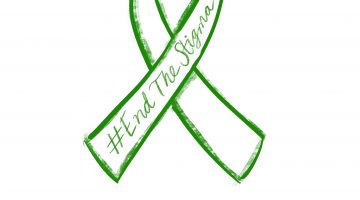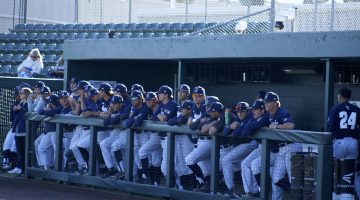By Blake Nelson
It’s taken 10 years for Mel Gibson to come back from his anti-semitic, assault-filled, homicidal-threatening, DUI-receiving spell that tarnished not only his image but also his character.
Besides purchasing a Christian compound in Malibu and a few unremarkable movies, unless of course you count “Expendables 3” as remarkable, Mel has kept a pretty low profile after his meltdown was caught on tape by his girlfriend at the time.
Mel made his return at the Golden Globes this year. Ricky Gervais introduced him in his patent ironic fashion, and Mel awkwardly tried to dodge criticism.
So here is his return; whether it was expected, hoped for or not hoped for, here it is. For better or worse, Mel has returned with the WWII film “Hacksaw Ridge.”
It seems that he decided to take it back to the beginning, at least for him. Way back when, old Mel was in a film about WWI called “Galipoli” that had a very similar setting to “Hacksaw.” This is a return to form that is only highlighted by the incredibly heavy-handed Christian overtones.
The film runs the rote path of a war film, especially a WWII film from the perspective of America. We have the jolly boys off to war, the bonding scenes prior to the battle, the battle and subsequent loss of innocence, and finally, the American raising of the flag.
The only variance from the form this film boasts is the main character, Desmond Dross, a real historical figure who joined the military as a conscientious objector, or a soldier who won’t carry a gun or kill. Dross, played by Andrew Garfield, refuses to kill but still serves on the grounds of his religious convictions.
Old Mel must have gotten the biggest religious high when he first heard the story, and after he planned his comeback to Hollywood, a better story couldn’t have been written. Only history could write a story about a man so tied to his convictions that he goes into war without a weapon. Mel must feel this way all the time, a devout Christian in a heathen world.
Mel plays it cool, though, never overdoing the religious realm. Even though the conflict in the film revolves around one man’s beliefs being challenged, it can almost act a metaphor for anyone whose beliefs are challenged and the eventual triumph of those beliefs in the face of impossible odds.
This film can also claim the place of Garfield’s best film to date. Proving that he can not only pull off an accent, Garfield shows his acting chops go beyond a wisecracking youngster, exhibiting not only light hearted comedy but also a somber side not really seen in his previous high-profile films.
Another notable appearance is Vince Vaughn as Dross’ hardass sergeant. You can’t really name a movie that Vaughn has truly acted in, but he definitely gave an effort in this film, albeit sort of an awkward one.
The film climaxes with the harrowing scene of Dross dragging wounded after wounded off the battlefield all on his own. The film ends with some truly emotional archival footage of Dross receiving the Medal of Honor and explaining his actions over 50 years later.
So he didn’t recreate cinema with “Hacksaw Ridge,” but he also didn’t fail terribly. The movie hits all the notes with as much vigor as the next one, and all the actors gave a valiant effort as well.
Beyond the borderline racism involving Native Americans, which, sadly can be considered inline with the 1940s era, Mel doesn’t bust out his characteristic racism he came into infamy with. Mel is also keeping out of the limelight in Hollywood, lurking in the shadows one could say.
It’s not like the man makes terrible movies, rather he makes horrible life decisions. If Mel can put his life back on track in the coming years then maybe he can make another movie in the caliber of “The Passion of the Christ” or “Apocalypto.”
So there it is, Mel has returned, for better or for worse. If better, then hopefully he recovers his image and if worse, well, at least Gervais will have something to make jokes about for some time.
Blake Nelson can be reached at bnelson@sagebrush.unr.edu or on Twitter @b_e_nelson.










